| A well-maintained pool pump is the heart of your swimming pool’s circulation and filtration system. To keep it running efficiently, understanding the various parts that make up a pool pump is crucial. In this comprehensive guide, we’ll dive into the pool pump parts, helping you gain a better understanding of your pool’s essential equipment. |
The Anatomy of a Pool Pump
Maintaining a swimming pool is a multi-faceted endeavor, and at its heart lies the unsung hero of pool circulation and water management – the pool pump. The pool pump serves as the lifeblood of your pool’s hydraulic system, facilitating the circulation of water, which, in turn, empowers other crucial equipment to perform their duties, from filtration and heating to water sanitization. Beyond these functional roles, the constant movement of water also prevents debris buildup, ensuring your pool remains a pristine oasis. However, choosing the right pool pump can be a challenging decision due to the various types available.
In this comprehensive guide, we’ll explore the diverse world of pool pumps, focusing on three primary types: single speed, dual speed, and variable speed pumps. Our aim is to empower you with the knowledge needed to make an informed choice based on your specific pool needs.
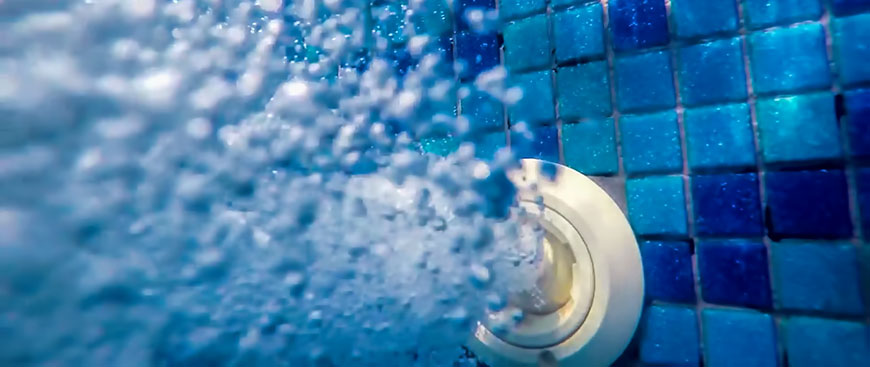
Single Speed Pool Pumps:
Single speed pumps are the traditional workhorses of pool circulation. They operate at a constant speed, providing consistent water flow.
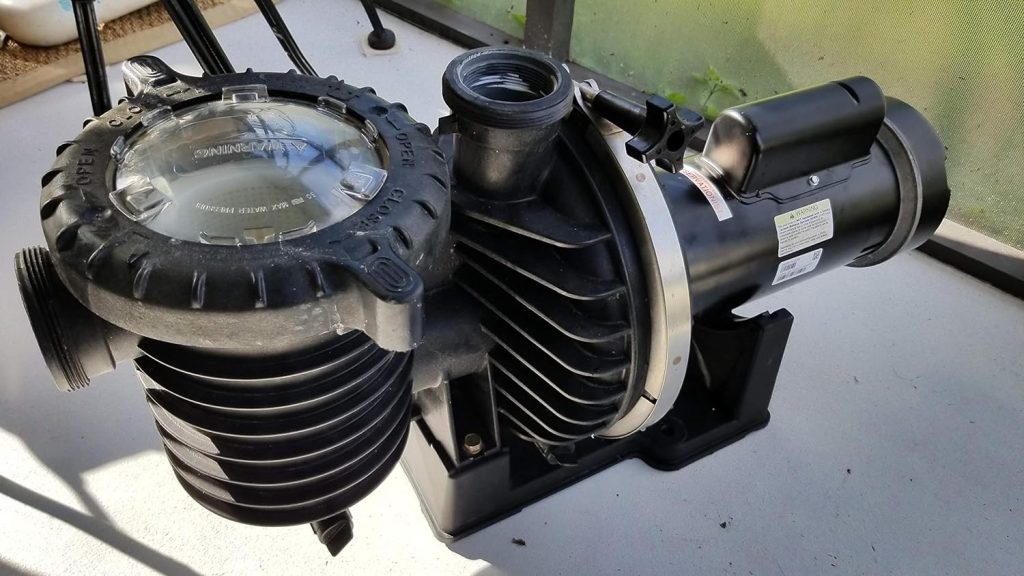
Pros:
- Simplicity: These pumps are straightforward and easy to install.
- Cost-Effective: Single speed pumps tend to be more budget-friendly upfront.
Cons:
Energy Inefficiency: They run at a single, often high speed, resulting in higher energy consumption.
Limited Control: Lacking speed adjustments, they offer less customization.
Dual Speed Pool Pumps:
Dual speed pumps, as the name suggests, have two-speed settings: low and high. Pool owners can switch between these speeds based on their needs.
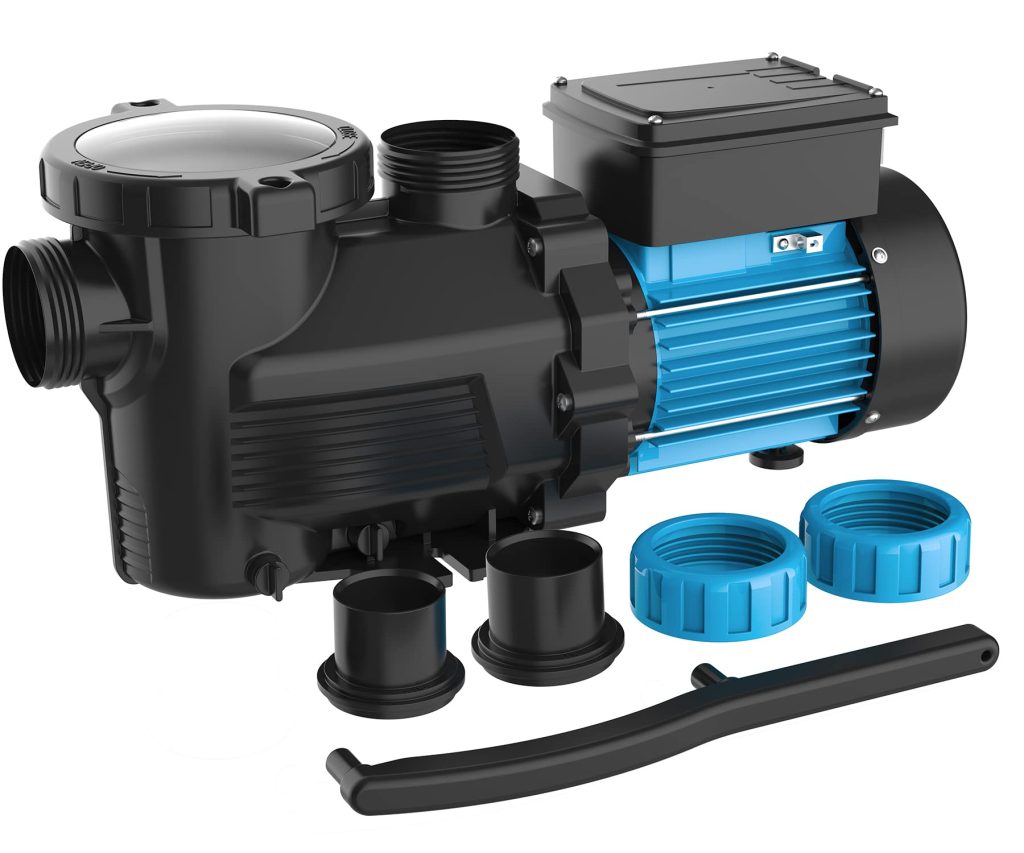
Pros:
- Energy Efficiency: Running at a lower speed reduces energy consumption, resulting in potential long-term savings.
- Customization: Pool owners can adjust the speed to match their pool’s requirements.
Cons:
- Higher Initial Cost: Dual speed pumps tend to be more expensive than single speed pumps.
Variable Speed Pool Pumps:
Variable speed pumps provide the ultimate flexibility with multiple speed settings. Users can fine-tune the speed to meet specific filtration, heating, and circulation needs.
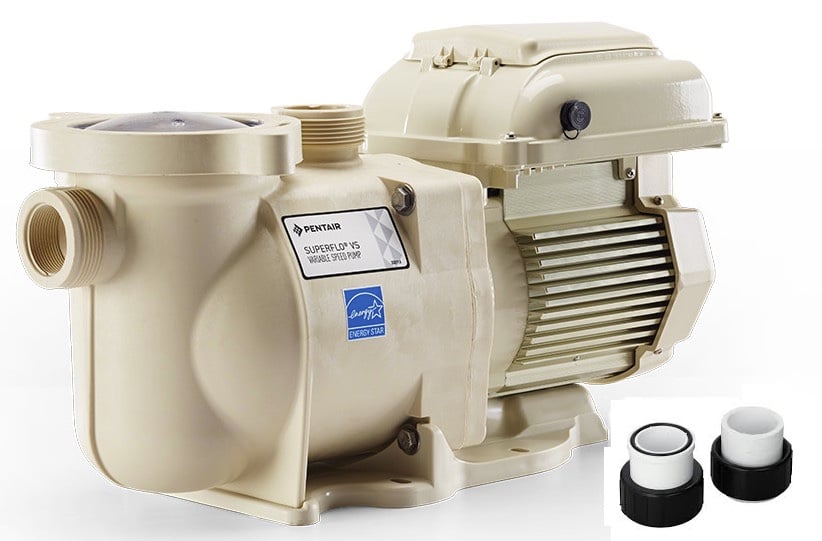
Pros:
- Energy Efficiency: They are highly energy-efficient, potentially leading to significant savings on energy bills.
- Customization: Users have precise control over water flow and can adapt it to various pool functions.
- Quiet Operation: Variable speed pumps often run more quietly than other types.
Cons:
- Higher Initial Cost: They are generally the most expensive option upfront.
Basic Components of a Pool Pump
By exploring these pool pump types and their respective advantages and disadvantages, you can make an informed decision about which pump is best suited for your pool. Understanding the nuances of each type will not only improve your pool’s efficiency but also contribute to energy savings and long-term maintenance.
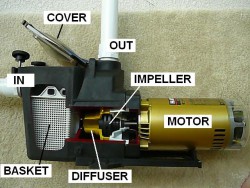
Before we delve into the specifics, let’s take a moment to explore the basic components of a pool pump:
- Motor: The motor is the powerhouse of the pool pump, providing the necessary energy to circulate water through the system.
- Impeller: The impeller is a fan-like component responsible for creating the flow of water. It’s often located inside the pump’s housing and is directly connected to the motor shaft.
- Housing or Casing: This is the outer shell of the pump that houses the motor, impeller, and other internal parts. It plays a role in directing the water flow.
- Lid and Basket: The lid seals the pump housing, and the basket traps debris and large particles to prevent clogs in the pump and the rest of the system.
- Strainer Pot: This component connects to the pump’s inlet and houses the strainer basket. It’s essential for filtering out debris and maintaining smooth water flow.
- Diffuser: The diffuser is situated between the impeller and the pump’s discharge port. It helps direct water flow and increase pump efficiency.
- Seal and Gaskets: Seals and gaskets are used to create a watertight connection between different parts of the pump, preventing leaks.
- O-Rings: These rubber rings provide a secure and water-tight seal in various areas of the pump, such as the lid and drain plugs.
Common Pool Pump Problems and Solutions
Understanding pool pump parts is essential not only for regular maintenance but also for diagnosing and addressing common issues. Here are a few problems you might encounter and some solutions:
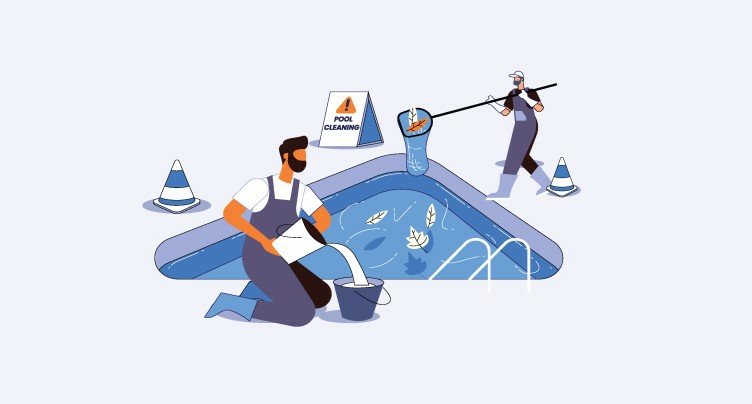
- Noisy Pump: If your pump is making unusual noises, it could be due to an issue with the motor bearings or a foreign object in the pump housing. Regular cleaning and lubrication can help prevent this.
- Leaking Pump: Leaks may occur around the lid, drain plugs, or other connections. In many cases, replacing worn-out gaskets, seals, or O-rings will solve the problem.
- Low Flow or Weak Pump: A clogged strainer basket or impeller can lead to reduced water flow. Regularly clean the strainer basket, and check for obstructions in the impeller.
- Pump Will Not Start: If your pump fails to start, it could be due to issues with the motor or electrical connections. Consult a professional for electrical problems, and ensure the motor is in working condition.
Tips for Maintaining Your Pool Pump
Proper maintenance is key to ensuring your pool pump operates at its best. Here are some tips for keeping your pool pump in top shape:
– Regularly clean the strainer basket to prevent clogs.
– Lubricate O-rings and gaskets to maintain watertight seals.
– Keep the motor well-ventilated and ensure it’s free from debris.
– Inspect and replace worn-out seals, gaskets, and O-rings as needed.
– Schedule regular professional inspections and servicing for your pool pump.
Understanding the intricacies of your pool pump and its parts is essential for maintaining a clean and inviting pool. With the right knowledge and regular care, you can enjoy crystal-clear water and efficient circulation throughout the swimming season.